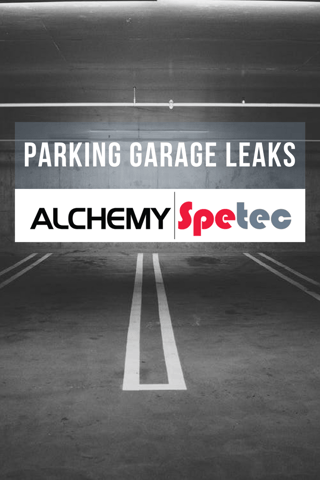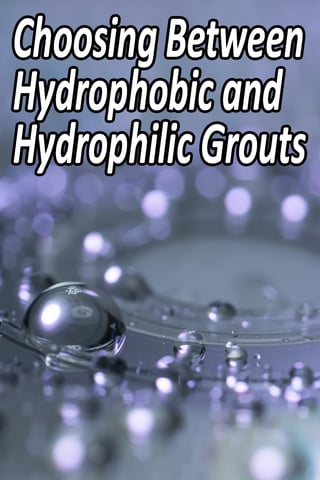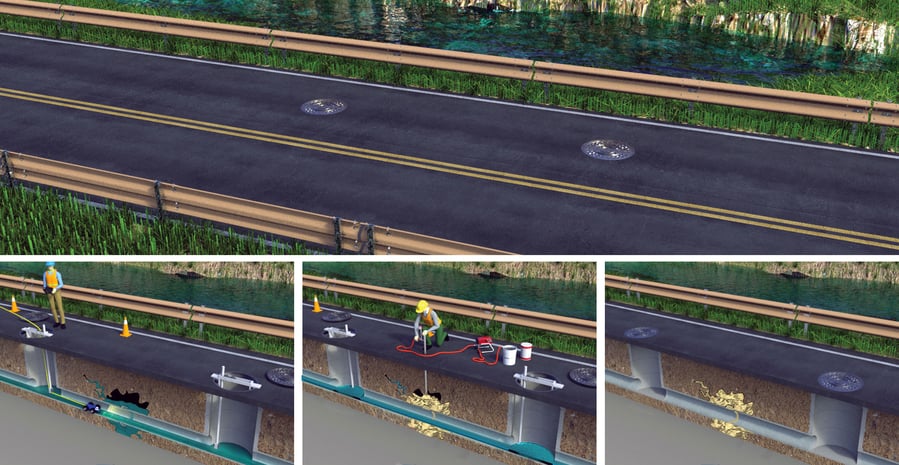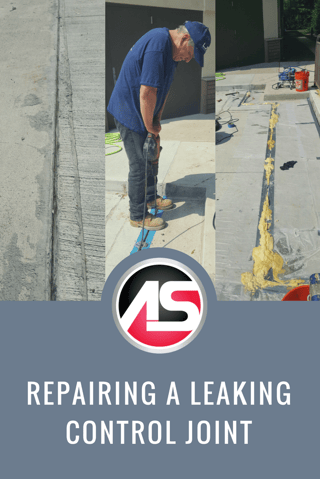
 Parking garage leaks can cause many issues for property managers when it comes to city code upkeep. A major sign that a parking garage needs repair is evidence of water intrusion. The longer this evidence is ignored, the bigger the cost for the property owner in the long run.
Parking garage leaks can cause many issues for property managers when it comes to city code upkeep. A major sign that a parking garage needs repair is evidence of water intrusion. The longer this evidence is ignored, the bigger the cost for the property owner in the long run.
One obvious sign of water intrusion is sudden ponding or free standing puddles on the concrete. Another telltale sign is efflorescence on your walls and floor. Efflorescence is the migration of salt to the surface of porous material where it forms a powdery white coating. Efflorescence occurs when wall or floor cracks begin to leak water over a period of time. If you see exposed rebar in a parking garage, it's a sign that water may be going through cracks, spalling the concrete and exposing the rebar. Once this happens, the exposed rebar begins to rust and then has to be replaced soon after. Replacing rebar can be costly.
Alchemy-Spetec products are ideal for the Crack Injection or Curtain Wall Grouting procedures that are used to address these issues.
| Crack Injection | Curtain Wall Grouting |
| Spetec PUR F400 | Spetec PUR H100 |
| AP Seal 500 | AP Fill 700 |
When chemical grouts are injected into the floor or wall cracks, they provide a durable and lasting seal to prevent further leakage. This can prevent concrete from spalling and exposing rebar, eliminate future puddles from forming and stop expansion joint leaks.


.png?width=1024&name=elevator-banner%20(1).png)
.png?width=320&name=elevator-blog%20(2).png) Elevator pit water leaks are very common. These pits can be open to flooding and leakage because they are usually at the lowest point of a building below the water table. Water can easily seep from cracks in the walls or through the floor wall detail.
Elevator pit water leaks are very common. These pits can be open to flooding and leakage because they are usually at the lowest point of a building below the water table. Water can easily seep from cracks in the walls or through the floor wall detail.

 Polyurethane chemical grouts fall into two categories when it comes to how they relate with water: hydrophilic and hydrophobic.
Polyurethane chemical grouts fall into two categories when it comes to how they relate with water: hydrophilic and hydrophobic. .png?width=899&height=273&name=THE%20EFFECTS%20OF%20TEMPERATURE-%20banner%20(3).png)
.png?width=320&name=THE%20EFFECTS%20OF%20TEMPERATURE-%20blog%20(4).png) Condition the Materials
Condition the Materials

.png?width=899&height=273&name=culvert%20repair-%20social%20(3).png)
-1.png?width=320&name=culvert%20repair-%20social%20(2)-1.png) AP Fill 700 is a single component polyurethane injection resin that reacts when it comes into contact with water or moisture. It can be premixed with a catalyst which will make the resin react as a foam to fill voids or shut off leaks. It can also be injected without a catalyst as a pure permeation resin to stabilize soil.
AP Fill 700 is a single component polyurethane injection resin that reacts when it comes into contact with water or moisture. It can be premixed with a catalyst which will make the resin react as a foam to fill voids or shut off leaks. It can also be injected without a catalyst as a pure permeation resin to stabilize soil. 




.png?width=899&height=273&name=Distributor%20Profile%20Series-%20(2).png)
-1.png?width=320&name=Distributor%20Profile%20Series-%20(1)-1.png) In this article, we feature
In this article, we feature .png?width=899&height=273&name=concrete%20crack-banner%20(1).png)
 I recently consulted with
I recently consulted with .png?width=899&height=273&name=Twin%20Streaming%20(2).png)
 Advantages:
Advantages: